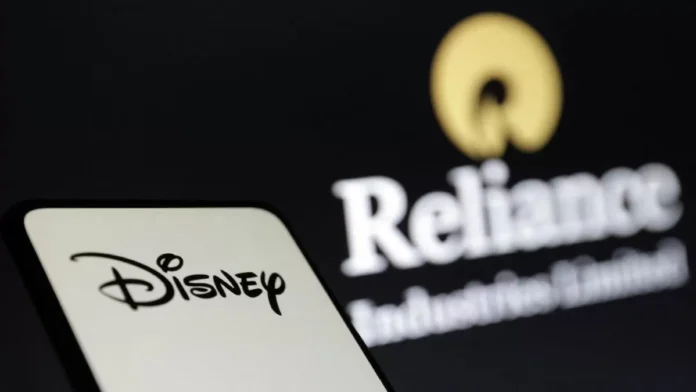India’s antitrust body has taken a major step in safeguarding competition in the media industry by reaching an initial assessment that the $8.5 billion (roughly Rs. 71,199 crore) merger of Reliance and Walt Disney’s media assets poses a threat to fair competition. According to four sources who spoke to Reuters on Tuesday, the Competition Commission of India (CCI) has raised concerns about the powerful influence that the merged entity would hold over cricket broadcast rights in the country.
This move by the CCI reflects a proactive approach towards preserving a level playing field in the fast-growing media landscape of India. The proposed merger between Reliance and Walt Disney would combine the assets of two major media giants, potentially giving them an unfair advantage in the market. With the impressive line-up of sports and entertainment content held by both companies, the joint entity would have a dominant position in the broadcast rights for cricket, a sport with a massive following in India.
The CCI’s initial assessment is a significant development in the ongoing review of the merger, which was first announced in August 2019. The deal, which awaits regulatory approvals, would see Reliance’s cable and broadcast businesses merge with Walt Disney’s media assets, including its Indian subsidiary, Star India. Both companies are major players in the media industry, with Reliance being a dominant player in cable distribution while Disney has a strong foothold in the entertainment sector.
The sources revealed that the CCI has identified potential competition concerns in the market for cricket broadcast rights, especially in the bidding process for the Indian Premier League (IPL). The IPL, which is the world’s most-watched cricket league, has been a battleground for media companies, with rights deals worth billions of dollars up for grabs. The merged entity would have a significant advantage in securing these rights, potentially leading to inflated prices and outpricing the competition.
The CCI’s concerns are well-founded, given the massive popularity of cricket in India and the potential influence of the merged entity in the bidding process. The IPL alone generates billions of dollars in advertising and sponsorship revenues, making it a highly sought-after property for media companies. If the merger goes through, it could put smaller players at a disadvantage and lead to an unhealthy concentration of power in the hands of a few dominant players in the market.
However, the CCI’s initial assessment is just the first step in a lengthy process of reviewing the merger. Both companies will have the opportunity to present their arguments and address the concerns raised by the CCI. The final decision on the merger will only be made after the completion of a detailed investigation by the antitrust body.
It is heartening to see the CCI taking a proactive stance in protecting fair competition in the media industry. With the growing influence of digital media and the emergence of new technologies, it is crucial to maintain a diverse and competitive market. This will not only benefit consumers by providing them with a broader range of choices, but it will also encourage innovation and investment in the industry.
Moreover, the CCI’s move sets a precedent for future mergers and acquisitions in the media industry. It sends a strong message that companies must adhere to fair competition and not use their market power to stifle competition. This will promote healthy competition and encourage a more balanced and dynamic media landscape in India.
In conclusion, the CCI’s initial assessment that the proposed merger of Reliance and Walt Disney’s media assets is anti-competitive is a significant step towards safeguarding fair competition in the media industry. It reflects the antitrust body’s commitment to promoting a diverse and competitive market, which will ultimately benefit consumers and the industry as a whole. We can only hope that this sets an example for other regulatory authorities to take similar measures in ensuring fair competition across all sectors.

